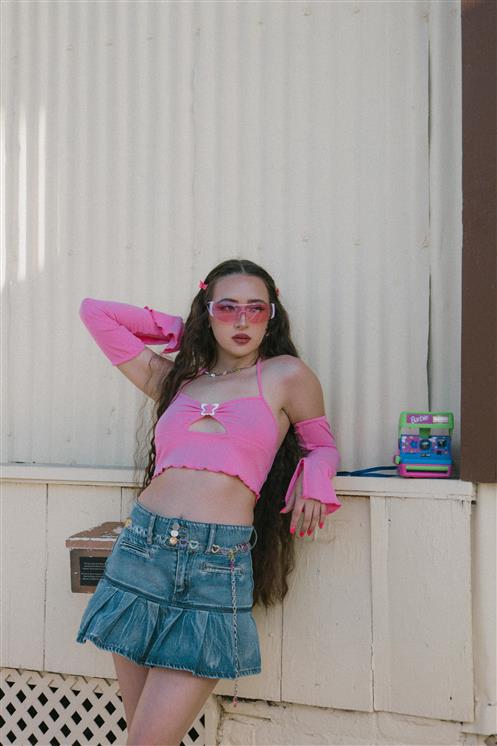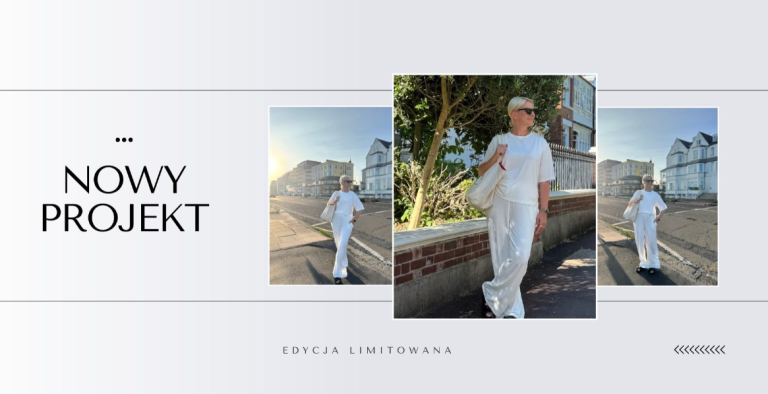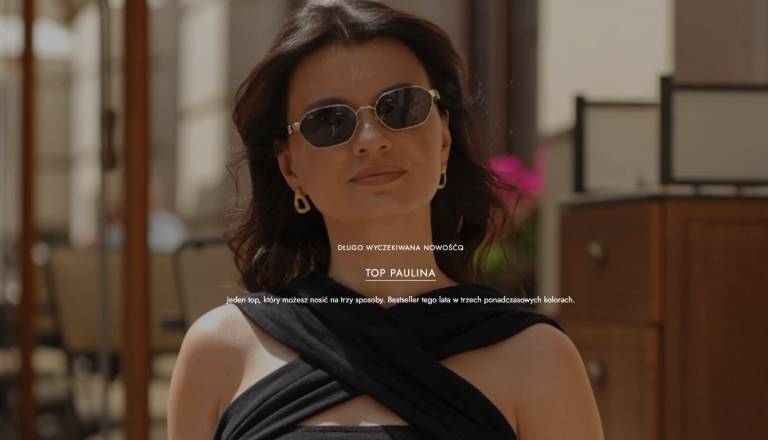
If someone had told a fashion editor in 2010 that low-rise jeans, baby tees, and rhinestones would be everywhere in 2025, they might’ve laughed it off as a bad flashback. Yet here we are. The Y2K aesthetic—once the punchline of early digital-era fashion—is now one of the most dominant and influential trends of the mid-2020s.
From TikTok feeds to high-end runways, the early 2000s have made a comeback. But it’s more than just nostalgia driving the return. This time, the look feels different. It’s filtered through a new lens—more reflective, more diverse, and more self-aware.
Why the 2000s?
Fashion tends to operate in cycles, and the two-decade rule is a well-known phenomenon. Roughly every 20 years, what was once dismissed as outdated finds its way back into the style conversation. The early 2000s are no exception, but the revival goes beyond the typical retro wave.
For Gen Z and younger millennials, the Y2K era represents a strange blend of childhood memories, early internet culture, and the last period before smartphones took over. There’s an appeal in revisiting a time when style was playful, even chaotic—low-rise cargo pants paired with halter tops, layered belts, and butterfly clips.
At the same time, the internet has allowed for a more curated, hybrid reinterpretation. Influencers and stylists aren’t just copying what was worn back then; they’re mixing it with newer influences, rethinking silhouettes, and adjusting for contemporary attitudes around gender, body image, and comfort.

From Niche to Mainstream
What started a few years ago as a niche TikTok subculture—often under the hashtag #Y2Kfashion—has snowballed into a broad movement. By 2025, major retailers are re-releasing old archive pieces. Brands once thought to be stuck in the past—Juicy Couture, Ed Hardy, Von Dutch—have found second lives.
Even luxury houses like Miu Miu, Balenciaga, and Blumarine have leaned into the revival, sending models down the runway in micro-mini skirts, baby pinks, and visible thong straps. What used to be seen as camp or even kitsch is now treated with genuine artistic interest.
But this isn’t a simple copy-paste job. The fits are looser where they used to be tight. The makeup is softer. Instead of leaning fully into the excess of the early aughts, today’s approach picks and chooses—reviving the fun without all the pressure.
A Rewriting of the Past
The 2000s weren’t always kind to everyone. Fashion then was often restrictive: ultra-thin body standards, harsh “what not to wear” rules, and heavily gendered clothing lines. By contrast, today’s revival is more open to interpretation.
Crop tops are now paired with inclusive sizing. Low-rise pants are available in cuts that suit a wider range of bodies. Gender-fluid styling is far more common, with men embracing rhinestone accessories and traditionally “feminine” fits.
This rewriting of Y2K fashion isn’t just about aesthetics—it’s about agency. People are reclaiming a style that once felt exclusive and turning it into something more playful and permissive.

The Role of Pop Culture
Celebrities have played a major role in pushing this revival. Artists like Dua Lipa, Olivia Rodrigo, and Doja Cat regularly incorporate 2000s looks into their videos and red carpet appearances. At the same time, fashion archives from stars like Britney Spears, Destiny’s Child, and Paris Hilton have been circulating widely online, offering a visual reference point for the next generation.
Streaming platforms have also helped fuel the trend. Reboots of shows like “Sex and the City,” “Gossip Girl,” and even retro documentaries have reintroduced these looks to audiences who were too young to experience them the first time around.
What’s different in 2025 is that these visuals now exist in constant dialogue with current culture. You might see someone wearing cargo pants and a baby tee one day, then turn around and see them in a tailored blazer the next. It’s less about staying in one lane, more about mixing timelines.
Fast Fashion and Concerns
With the popularity of the trend comes a familiar concern: fast fashion brands have rushed to flood the market with cheaply made 2000s-inspired garments, many of which mimic the look without considering quality or longevity.
This raises questions about consumption. While the Y2K revival has brought creativity and joy to fashion, it has also led to increased production of items that may not last more than a season. Some critics argue that the industry should balance aesthetic trends with more thoughtful production models.
In response, a growing number of consumers are turning to vintage. Shopping second-hand has become not only acceptable but fashionable in its own right. Thrift stores, online resale platforms, and even curated Y2K vintage drops on Instagram have allowed fans of the style to participate without contributing to throwaway culture.

A Style Built on Contradiction
Perhaps the reason the 2000s revival feels so magnetic is that it reflects a time of contradiction—when the world was optimistic about technology but unsure about where it was heading; when music, fashion, and culture were colliding in bold, often clashing ways.
That same spirit resonates in 2025. We live in a similarly uncertain period, full of aesthetic fragmentation and digital overflow. Bringing back the boldness and awkward charm of Y2K style may be one way people are navigating that chaos—with humor, confidence, and a sense of play.
Final Thoughts
The 2000s fashion revival isn’t just about what we’re wearing—it’s about how we relate to the past. It reveals how nostalgia can be both critical and creative. It reminds us that even the most cringeworthy trends can be reimagined in new, compelling ways.
In 2025, low-rise jeans are no longer a warning sign of bad taste. They’re part of a larger cultural dialogue, stitched together by memory, reinvention, and personal style. Whether you’re pairing them with a corset top or an oversized hoodie, they say one thing clearly: fashion doesn’t forget—it rewrites.






